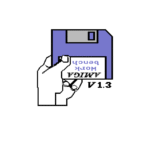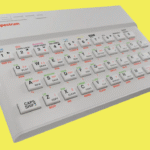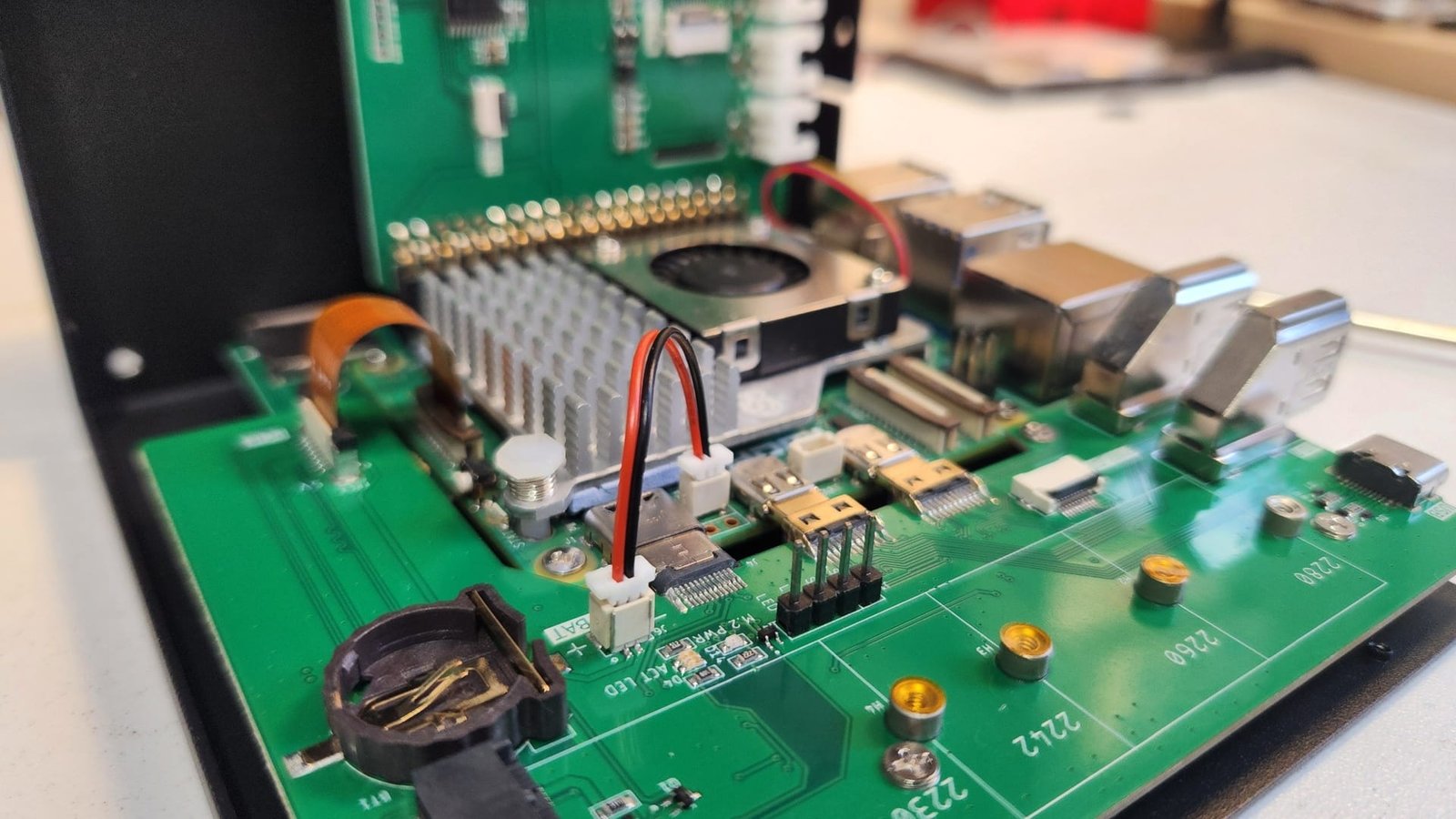So I’m about 75% through the build after deliberating way too much (and on more than one occasion) whether to use the included Raspberry Pi 5 heat sink and fan, or the one I already had installed on the Pi.
You can see it in the accompanying image.
I’m producing a video to detail this stage, which I’ll add as soon as I’m done. Then, I’ll be installing the bare metal emulator, which I’ll also include with some screen recordings to show you how simple it is.
After that, it’s a case of booting up and playing with an MS-DOS PC! I’ll be producing full steps for that final stage, complete with a simple guide for you to work through. You can literally have a Raspberry Pi — almost any model — booting into a DOS environment within 10 minutes, it’s that easy.
Affiliate Disclosure: Some of the links in this post may be affiliate links, which means I may earn a small commission if you make a purchase through those links. This comes at no extra cost to you. Thank you for your support!
Christian Cawley is the founder and editor of GamingRetro.co.uk, a website dedicated to classic and retro gaming. With over 20 years of experience writing for technology and gaming publications, he brings considerable expertise and a lifelong passion for interactive entertainment, particularly games from the 8-bit and 16-bit eras.
Christian has written for leading outlets including TechRadar, Computer Weekly, Linux Format, and MakeUseOf, where he also served as Deputy Editor.
When he’s not exploring vintage consoles or retro PCs, Christian enjoys building with LEGO, playing cigar box guitar, and experimenting in the kitchen.









